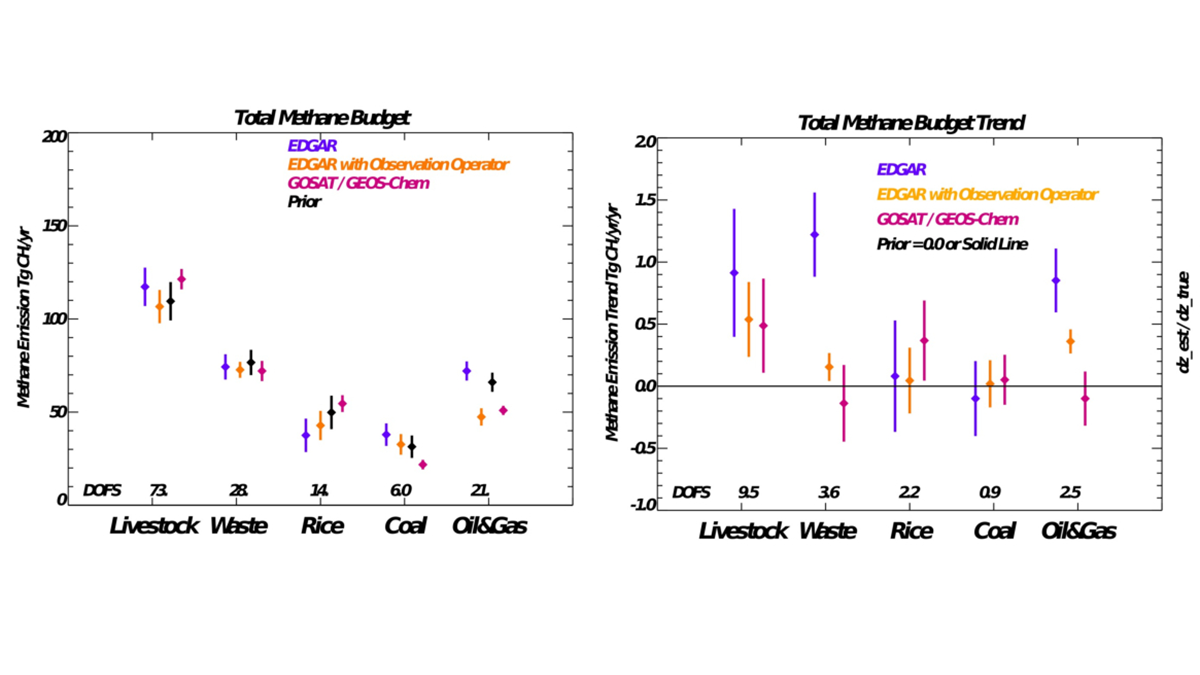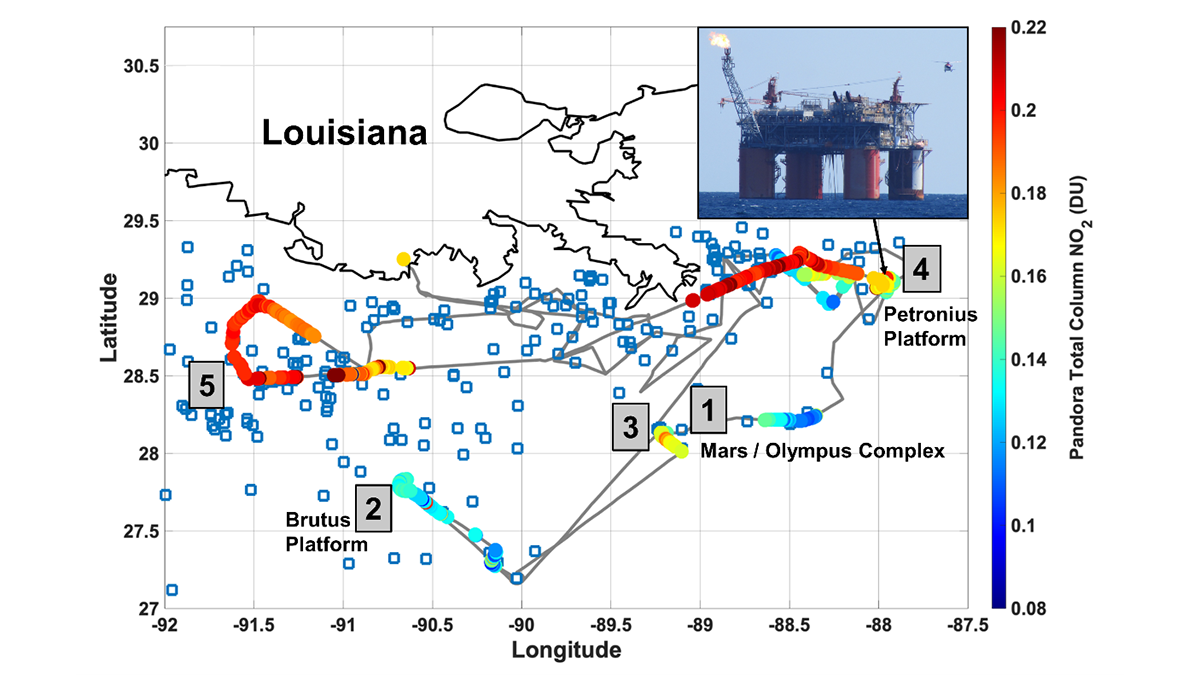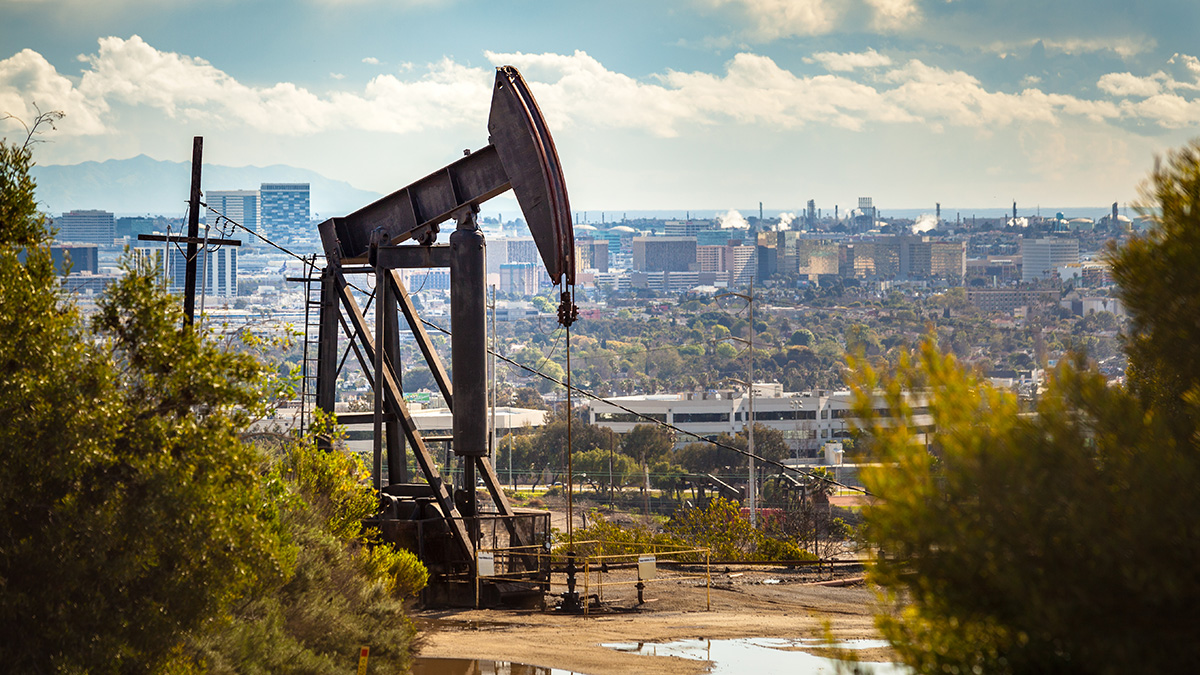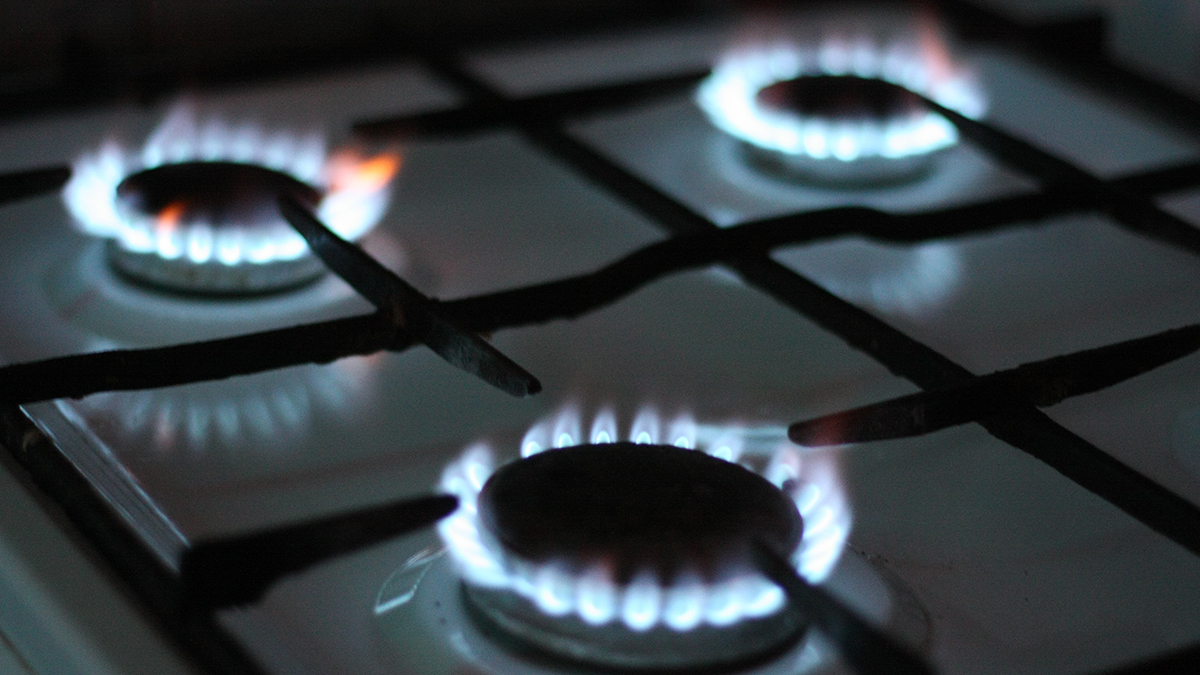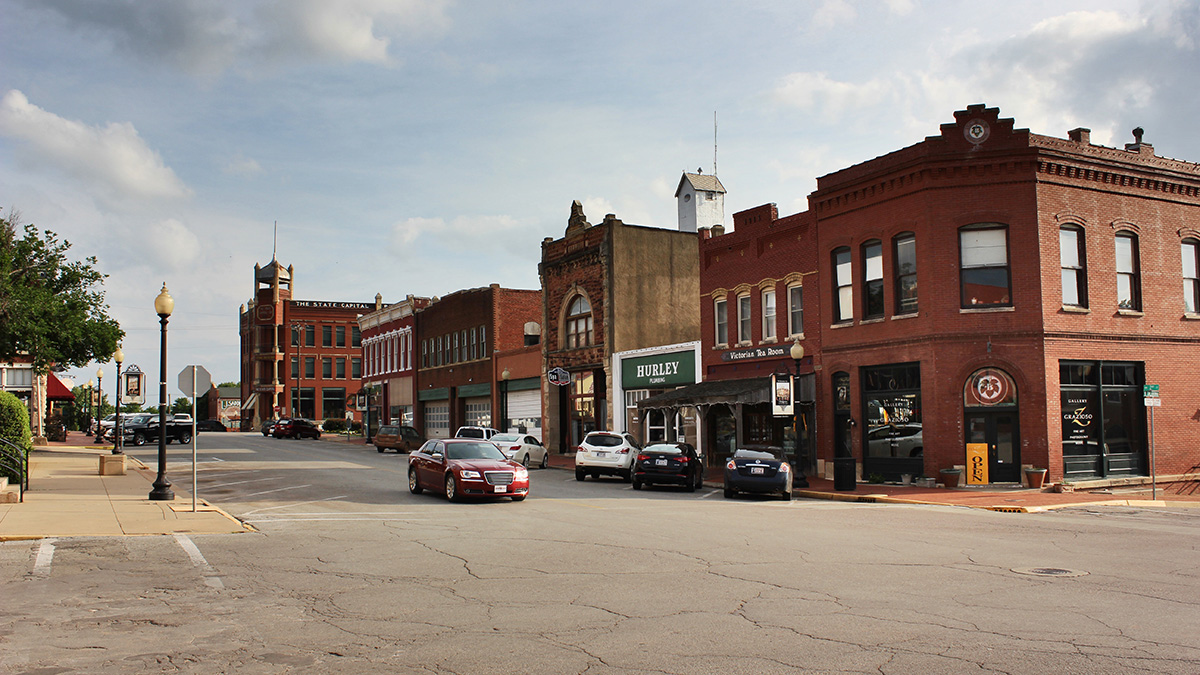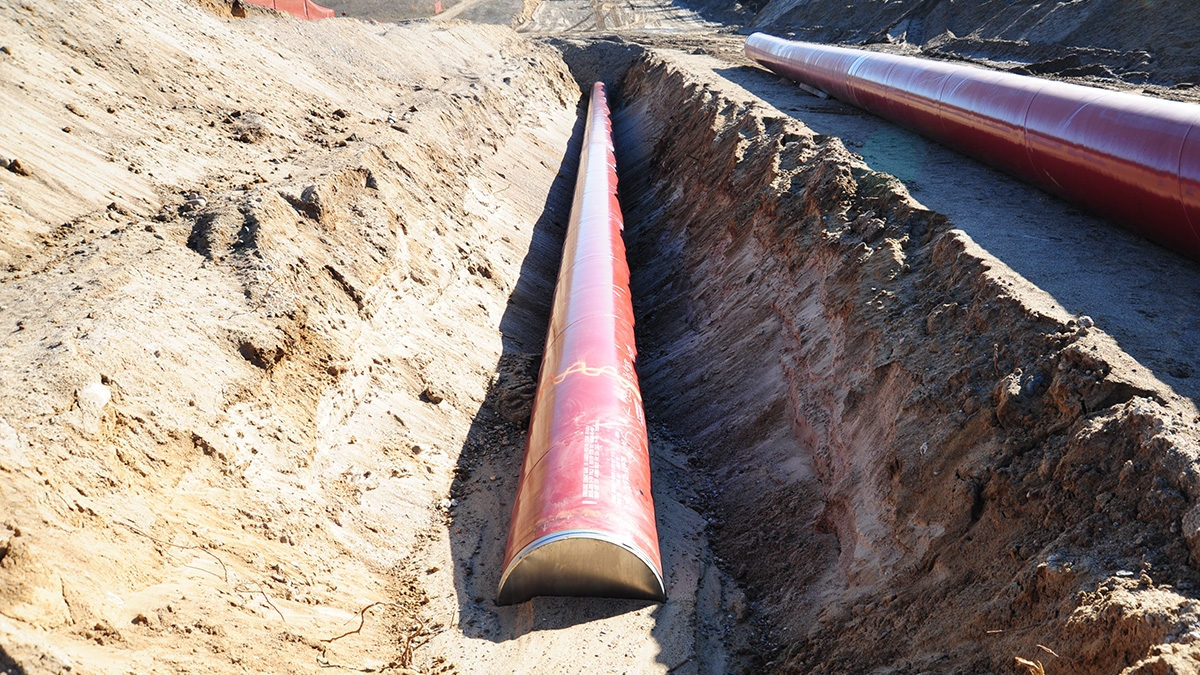Antiguas avalanchas submarinas llevaron arena al abismo oceánico en el momento en que algunos menos lo esperaban.
oil & gas
Using Bayesian Estimation to Improve Methane Inventories
A Bayesian, optimal estimation evaluation of state-of-the-art methane inventory with satellite-based emissions from 2009 to 2018 finds substantial differences for livestock, rice, and coal emissions.
Deep-Sea Sand and Where to Find It
Ancient underwater avalanches carried sand into the ocean’s abyss during a time when some least expected it.
Remote Sensors See NO2 ‘Hot Spots’ from Offshore Oil Activity
Satellites can see NO2 pollution from space, but can they detect individual oil and natural gas operations, and are the measurements accurate?
The “Black Gold” Flowing Under Los Angeles
Functioning oil fields, some with cleverly camouflaged infrastructure, are tucked into the urban sprawl of the Los Angeles basin. But recent legislation could change that.
Hazardous Air Pollutants Found in Cooking Stove Gas
A Boston study revealed that natural gas piped into homes contained 21 toxins on the EPA’s hazardous air pollutant list.
Understanding Earthquakes Triggered by Wastewater Injection
A deep dive into a 2015 Oklahoma earthquake reveals new insights into the dynamics of quakes induced by wastewater injection, and could help inform future earthquake hazard modeling.
Los microbios podrían comer minerales magnéticos en un sitio de derrame de petróleo
Nuevos experimentos en un antiguo sitio de derrames de petróleo en Minnesota sugieren que los procesos no biológicos por sí solos no pueden explicar la disminución de la magnetización.
Microbes Might Munch Magnetic Minerals at Oil Spill Site
New experiments at an old oil spill site in Minnesota suggest that nonbiological processes alone may not account for decreased magnetization.
Forecasting Geohazards in the Age of Gas Hydrate Exploitation
A curious breath-like pattern exhibited by gas hydrates may help forecast hazards associated with extracting them from the seafloor.


